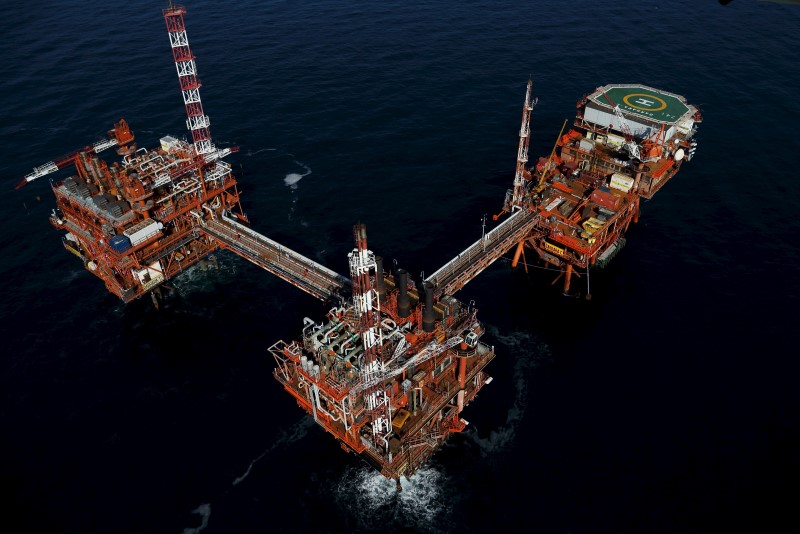By Ambar Warrick
Investing.com-- Oil prices fell on Thursday as hawkish signals from the Federal Reserve brewed uncertainty over U.S. economic health and spurred some profit taking after a three-day rally, even as the outlook for demand improved.
The International Energy Agency forecast a rebound in oil demand over the next year, as China scales back COVID restrictions and as U.S. and global inflation begins easing. This spurred strong gains in crude prices on Wednesday.
But a rally in oil prices was cut short after the Federal Reserve struck a more hawkish tone than markets were expecting. While the central bank did hike interest rates by a relatively smaller 50 basis points, it also warned that borrowing costs will peak at higher-than-expected levels in 2023.
Fed Chair Jerome Powell warned that the bank will target some cooling in U.S. economic growth.
London-traded Brent oil futures fell 0.9% to $82.03 a barrel, while West Texas Intermediate crude futures fell 0.9% to $76.57 a barrel by 21:59 ET (02:59 GMT). But both contracts were trading over 7% higher for the week, amid signs that U.S. inflation eased further in November.
Rising interest rates were among the biggest weights on oil prices this year, as monetary conditions tightened and as a stronger dollar made buying crude more expensive. The prospect of a sustained uptrend in rates, which is likely to spur strength in the dollar, dims the outlook for prices.
While the outlook for demand improved, an unexpected jump in U.S. crude oil inventories signaled that near-term consumption remained subdued. U.S. inventories rose by a staggering 10 million barrels in the week to December 9, even as the government ceased its drawdowns from the strategic petroleum reserve.
Gasoline inventories grew twice as fast as expected, signaling that consumer demand for fuel remained under pressure.
The higher inventories came despite supply disruptions caused by a leak in a major Canada-U.S. oil pipeline. Still, the outage in the Keystone Pipeline, which is yet to be resolved, is expected to eventually tighten U.S. crude supplies.
Crude demand in China also showed some signs of recovery, as road and air travel surged after the government lifted anti-COVID restrictions earlier this month.
But given that the country is struggling with a severe spike in COVID-19 cases, markets are uncertain about the timing of a recovery in the world’s largest oil importer.
